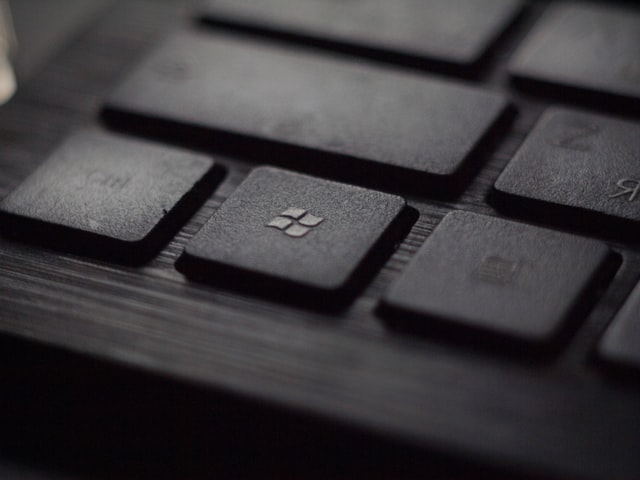Mozilla does not view its mail system as a top priority. Hence, users are seeking ways to move their correspondence elsewhere. Outlook is an obvious choice due to its broad functionality for professional communication. Cross-program relocation is a common need. What makes it complicated is the difference in data formats.

Whatever systems you migrate between, file extensions have to change. Luckily, the process is effortless with automated solutions. Inexpensive Thunderbird to Outlook converter utilities get the job done in just a few clicks, and they come with a free trial period. Third-party software is not just convenient — it is the only way to ensure the accuracy of the transfer.
Fundamental Differences
There are dozens of mail clients today and each stores data in its proprietary format. This means the transition is always multi-stage, and conversion is prescribed. In this specific case, *.MBOX files from the source will acquire the *.PST file extension for your mail to be recognized.
As files undergo modification, the transfer may damage their content beyond repair. This is why manual guides should not be trusted. While such methods exist, they are highly dubious, as success is not guaranteed. Why take unnecessary risks when there is a proven solution? However, if you are still willing to try, here is one suggested method.
Migration via Gmail
Avoid the method for valuable information. As the title suggests, you will be using a third mail client as mediator. It serves as a converting element with unsteady accuracy. Basically, your data is moved to Gmail, and exported to the final destination from there. Begin by opening the Google Mail Settings.
- Select “Forwarding POP/IMAP” and activate IMAP. This enables account configuration to Thunderbird.
- Visit the Thunderbird Account Settings.
- Select mail as a type of new account and “Skip this and configure with existing email.”
- Fill in the required details in the Mail Account Setup window and click “Continue” to proceed. A new window will pop up.
- Click on the IMAP server and finalize with “Done.” Now, return to your Google Mail.
- Create a special folder and export data from the source client there.
- Configure MS Outlook to Gmail (through IMAP).
- Download data from your Gmail account.
Drag-and-drop is also possible. The user may pull their target data into a fresh desktop folder and drop it into Outlook. While the process may look basic, it is appropriate for small volumes only. Distortion is still possible. Moreover, it is only compatible with Outlook editions from 2010 and 2013-2016.
The Best Alternative
Looking at the Gmail method, you will probably agree it is complex. The more steps in the transfer — the more likely the errors. Data corruption is a common consequence of manual attempts.
Professional solutions are concise but efficient. These are lightweight and often minimalistic programs designed for all skill levels. Specify the source folder, and let the automation handle the rest. In a few minutes, all of your messages, images, and attachments will land in Outlook completely intact.